Velorose
1b Charterhouse Square
London EC1M 6EE
M: 07901 553067
I: @veloroselondon
E: info@velorose.com
1b Charterhouse Square
London EC1M 6EE
M: 07901 553067
I: @veloroselondon
E: info@velorose.com
Exhibitions
Autumn / Winter 2025
Exhibitions, Installations, Vintage
Curation + Hosting by Velorose
Contact Gallery
Monday to Friday 12noon to 6pm
Weekends by Appointment
Past Exhibitions and Seasons
Autumn / Winter 2025
Exhibitions, Installations, Vintage
Curation + Hosting by Velorose
Contact Gallery
Monday to Friday 12noon to 6pm
Weekends by Appointment
Past Exhibitions and Seasons
E: gallery@velorose.com
Lucy Annan, Amelia Lancaster, Tooney Phillips, 3(D) Printers
Velorose, 10 November 2017 - 22 December 2017
“The whole is other than the sum of its parts” opined Kurt Koffka, German psychologist and proponent of Gestalt (literally: form, shape) psychology; the Gestaltists’ objective was to understand how a myriad of perceptual components within the mind and the phenomenal coalesced to form the emergent properties of recognition, identification, and understanding. These psychologists were fascinated by the apparent paradoxes of Necker cubes and Rubin vases with their illusory contours, those familiar optical illusions where multiple interpretations are possible based on figure-ground interchangeability
The work in '3(D) Printers' is replete with Gestalt themes: paper and card are the ground, on to which each artist has drawn, etched, photographed, cut and manipulated lines and images to create the figure, and vice-versa. An additional level of perceptual complexity is added, removed or subverted through the transposition of two dimensions to three, and back to two. In so doing, layers are built, spaces are transmogrified, and boundaries are stretched or rendered redundant. Ambiguous spaces in the images engender various senses, by turns of warmth, stasis, austerity or isolation. Monoliths in concrete and stone undergo radical changes via both analogue and digital, becoming unrecognisable through alterations in light, shade and colour
The sheer range of techniques employed by the artists reinforces the idea of the multifaceted nature of the perceived, and how media impinge on our response to what is seen; displayed pieces include photographs, photomontage, etching, photo-etching, chine-collé, aquatint, digital print, paper sculpture, and drawing among others. These techniques are deployed to subtract something in the name of abstraction
The result of these experiments is not something, as Koffka maintained, that can be understood as either a reduction or amplification of the individual parts, but instead that their synthesis creates something quite other
All works are for sale; contact gallery@velorose.com for details
2015.jpg)
Lucy Annan: Traces (Detail) (2015) A/P (of the Traces Series), Etching and Offset Print on BFK Rives, 56cm x 37cm, Edition of 1
2015.jpg)
Lucy Annan: Traces X (Detail) (2015), Etching and Offset Print on BFK Rives, 56cm x 37cm, Edition of 1
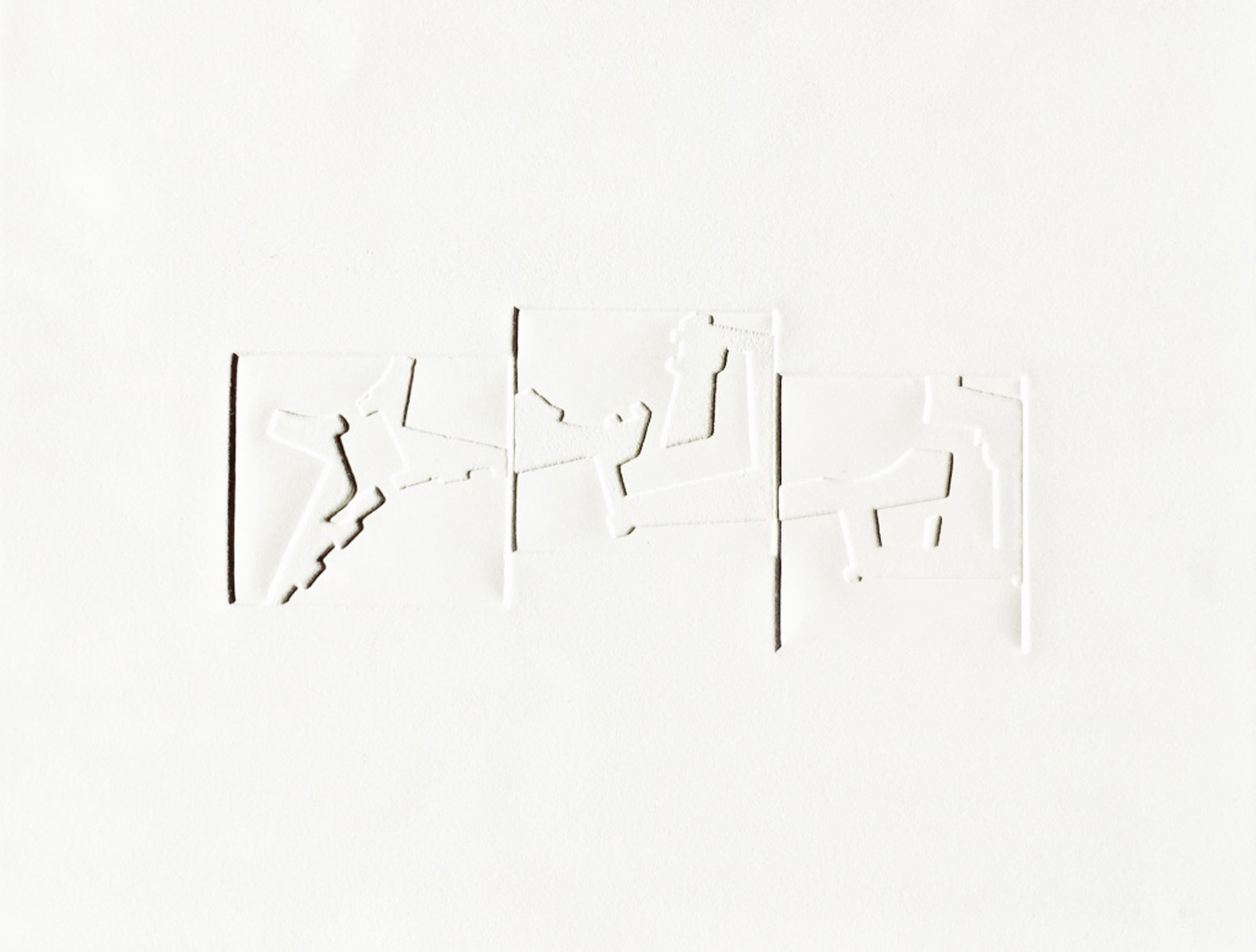
Lucy Annan: Bastion (2017), Blind Emboss on BFK Rives, 28cm x 33cm Edition of 10
2017.jpg)
Lucy Annan: Bastion 2 Red and Grey (2017), Blind Emboss on Somerset 410gsm, 33cm x 28cm Edition of 10
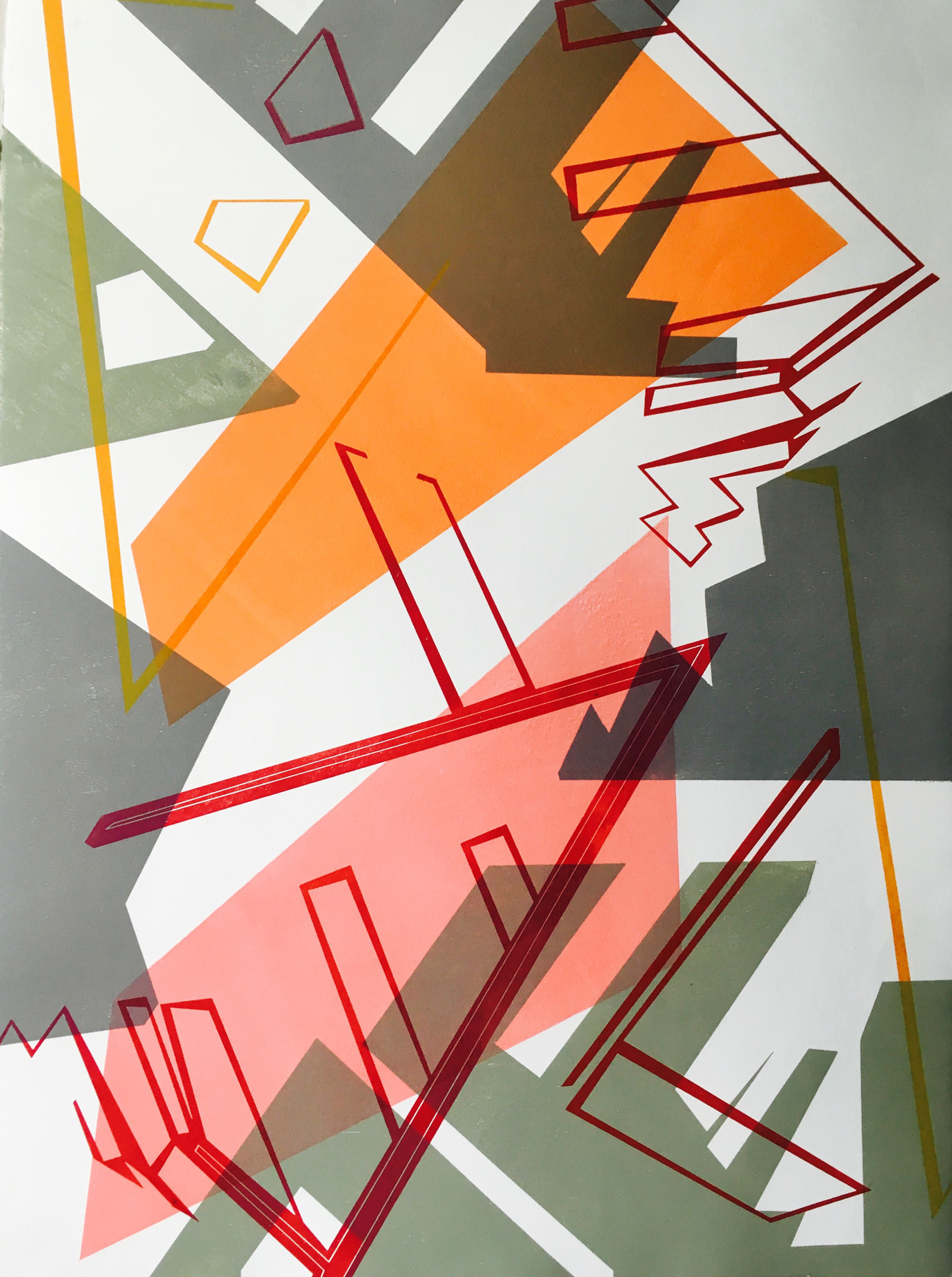
Lucy Annan: Wild Cards 2, Series 1 (2017), Relief Print on BFK Rives, 75cm x 56cm, Edition of 1
2012.jpg)
Lucy Annan: ZigZagZigZag (2012), Relief Print on Folded B&B, Variable Dimensions, Edition of 2
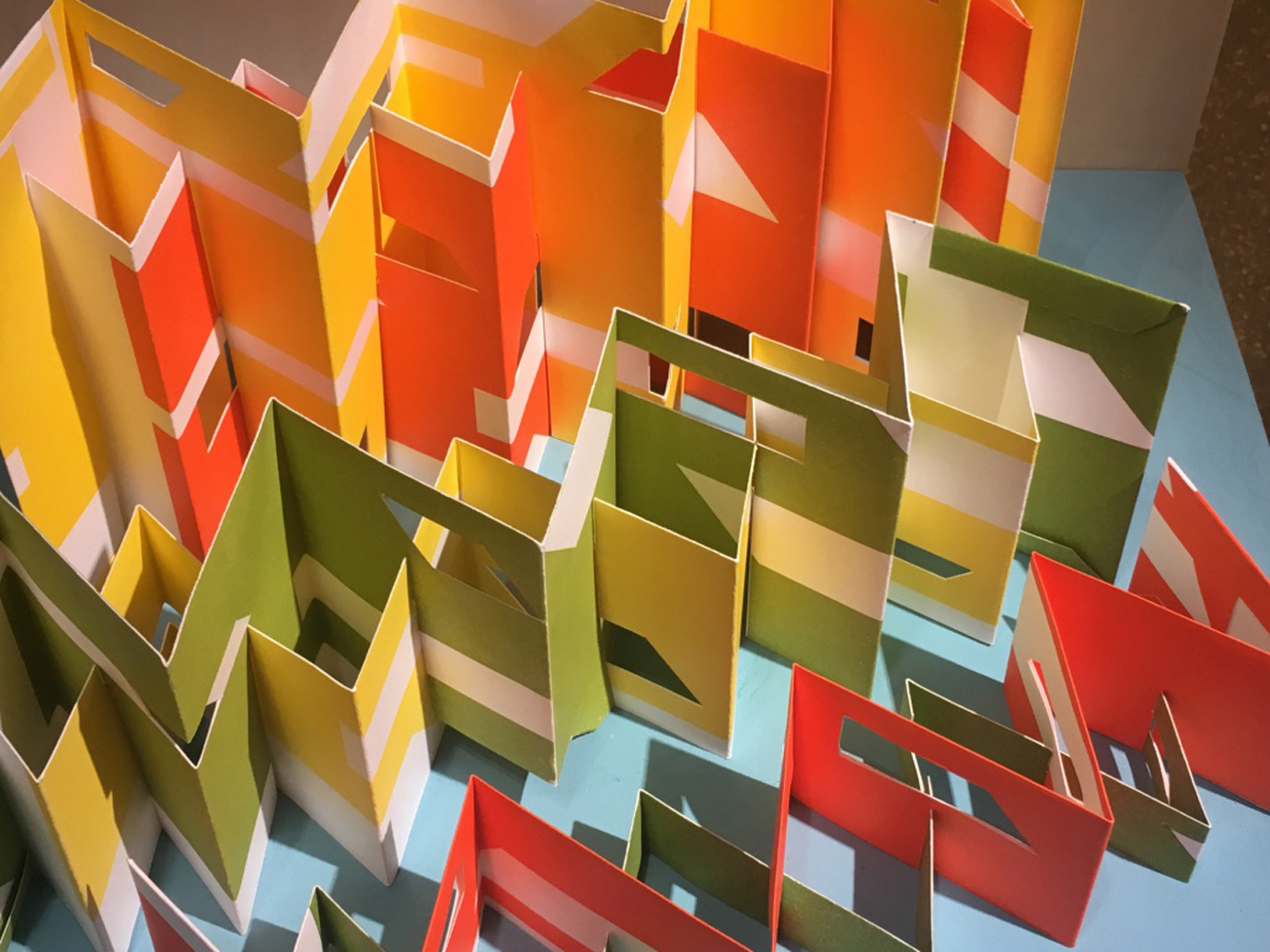
Lucy Annan: Tricolor (2015), Relief Print on Folded Zerkal, Variable Dimensions, Edition of 1
2016.jpg)
Lucy Annan: Ziggurat (2016), Relief Print on Folded B&B, Variable Dimensions, Edition of 1
Lucy Annan trained as an architect at the Polytechnic of Central London, and the Bartlett School of Architecture. After graduating, she practised for many years, and her experiences became formative influences on her printmaking and three-dimensional works. Annan learned printmaking at Morley College under Dorothea Wright and Marc Balakjian, and furthered her understanding with Michelle Avison of the Slaughterhaus Print Studio where she now makes her work. She is a member of East London Printmakers, and has exhibited at both of their previous annual exhibitions. Her work has been selected for exhibition at Bankside Gallery, La Biennale de l’Estampe de Saint-Maur, and Morley College Gallery. Drawn to the relationship between paper and the shapes thereupon, she compares the effects of her work to the figure-ground contrasts on architectural and urban plans. Her three-dimensional work plays with two-dimensional printed design and the three-dimensional structure from which it is generated
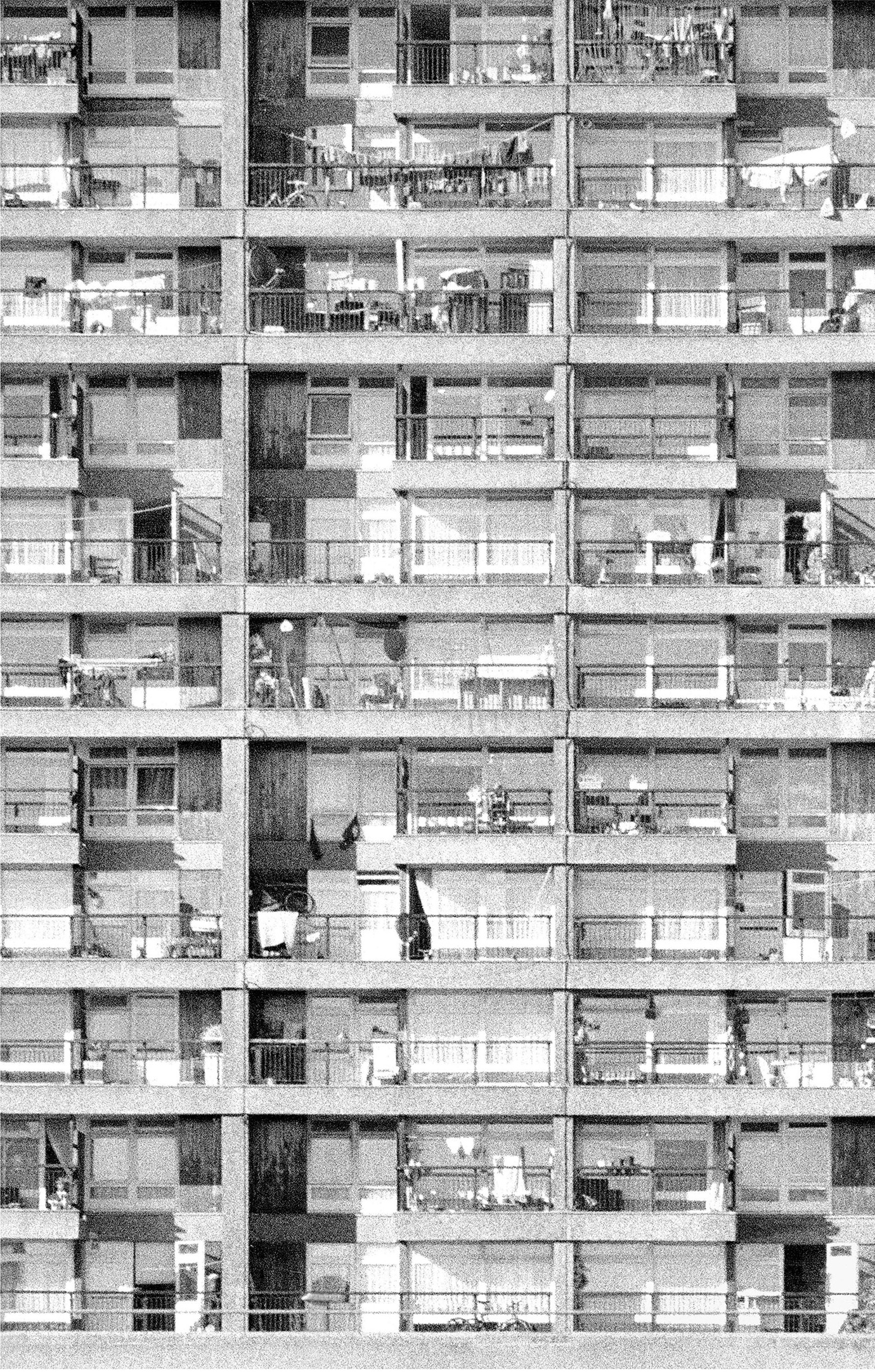
Amelia Lancaster: Grey Score (1997), Giclée Print (Archival Ink) on Hahnemühle German Etching Paper, from Analogue, 36cm x 27cm, Edition of 50 (Varying Sizes)
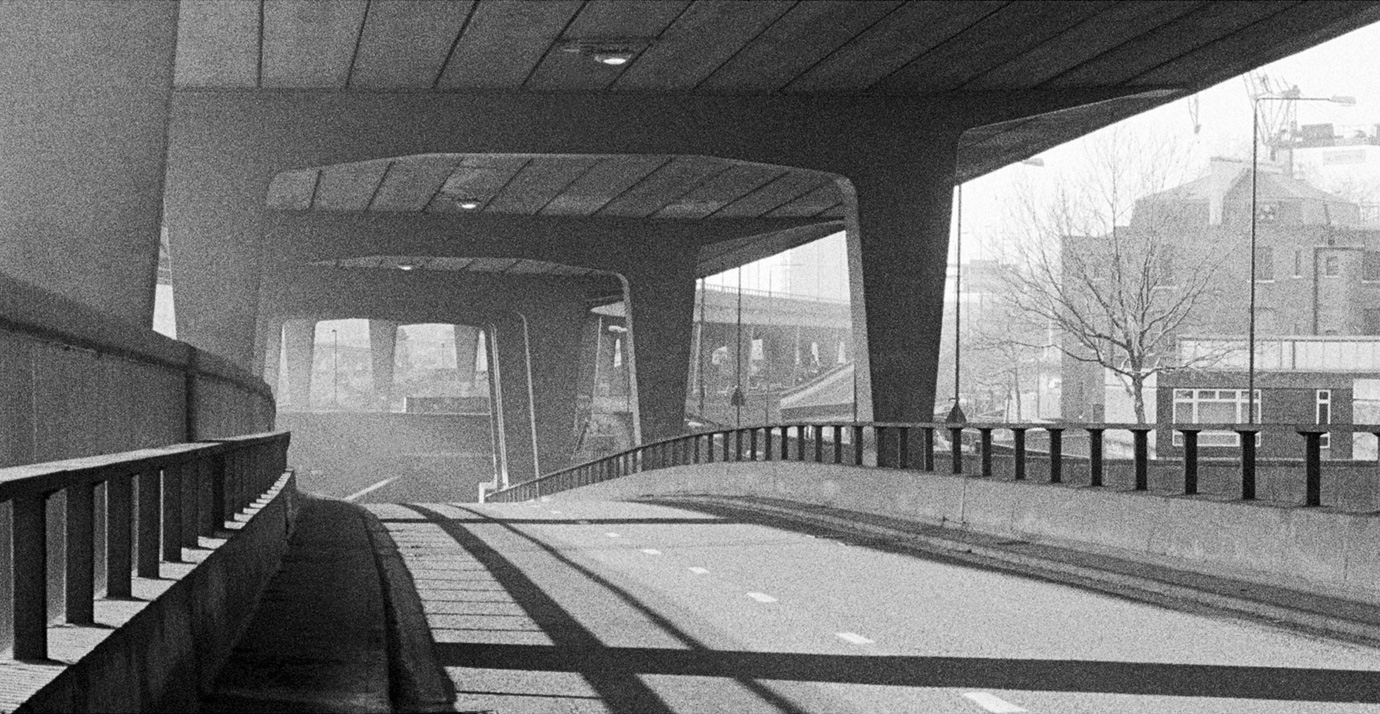
Amelia Lancaster: Westway (1999), Giclée Print (Archival Ink) on Hahnemühle German Etching Paper, from Analogue, 27cm x 42cm, Edition of 50 (Varying Sizes)
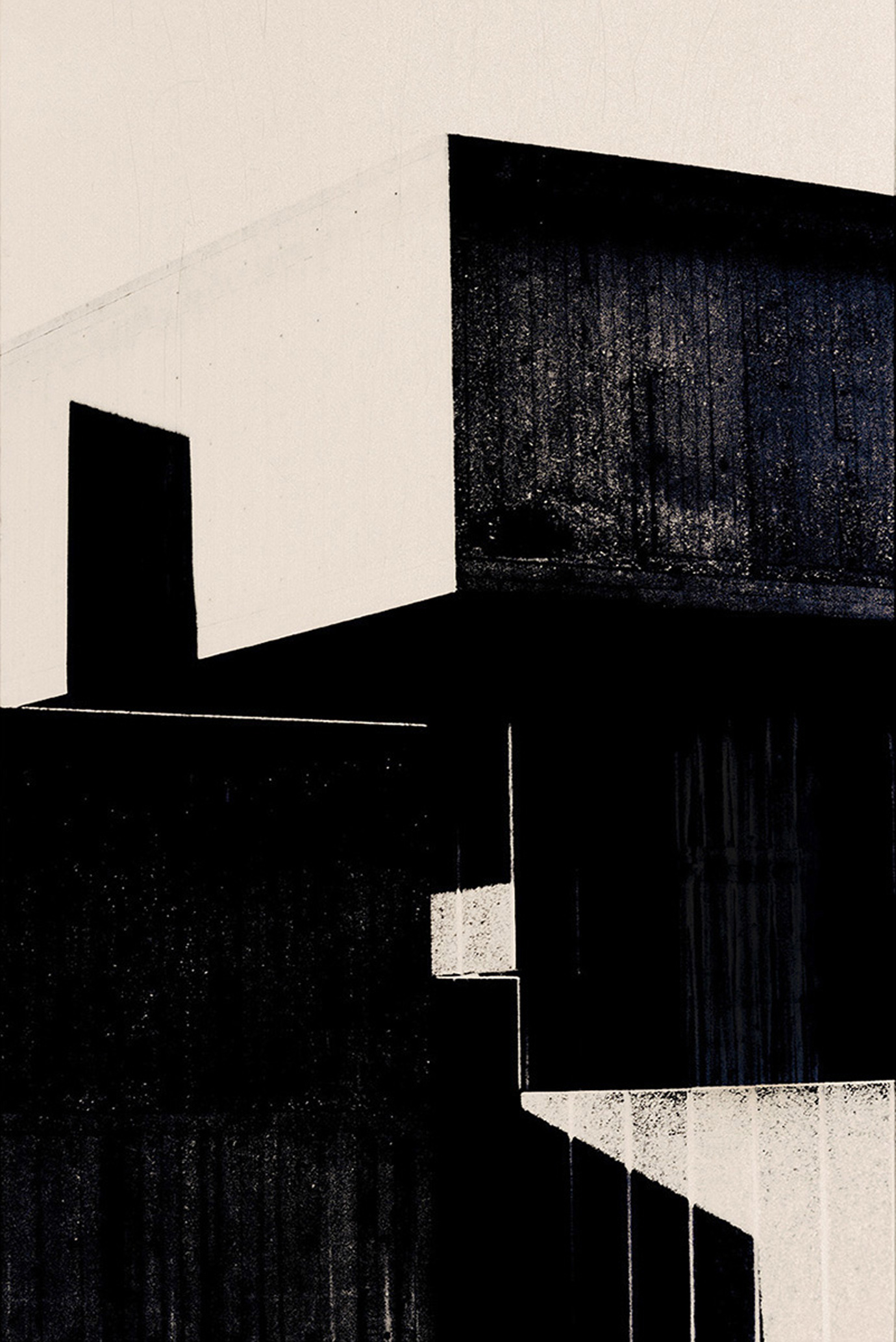
Amelia Lancaster: Southbank (2017), Giclée Print (Archival Ink) on Hahnemühle German Etching Paper, from Analogue, 65cm x 50cm, Edition of 15
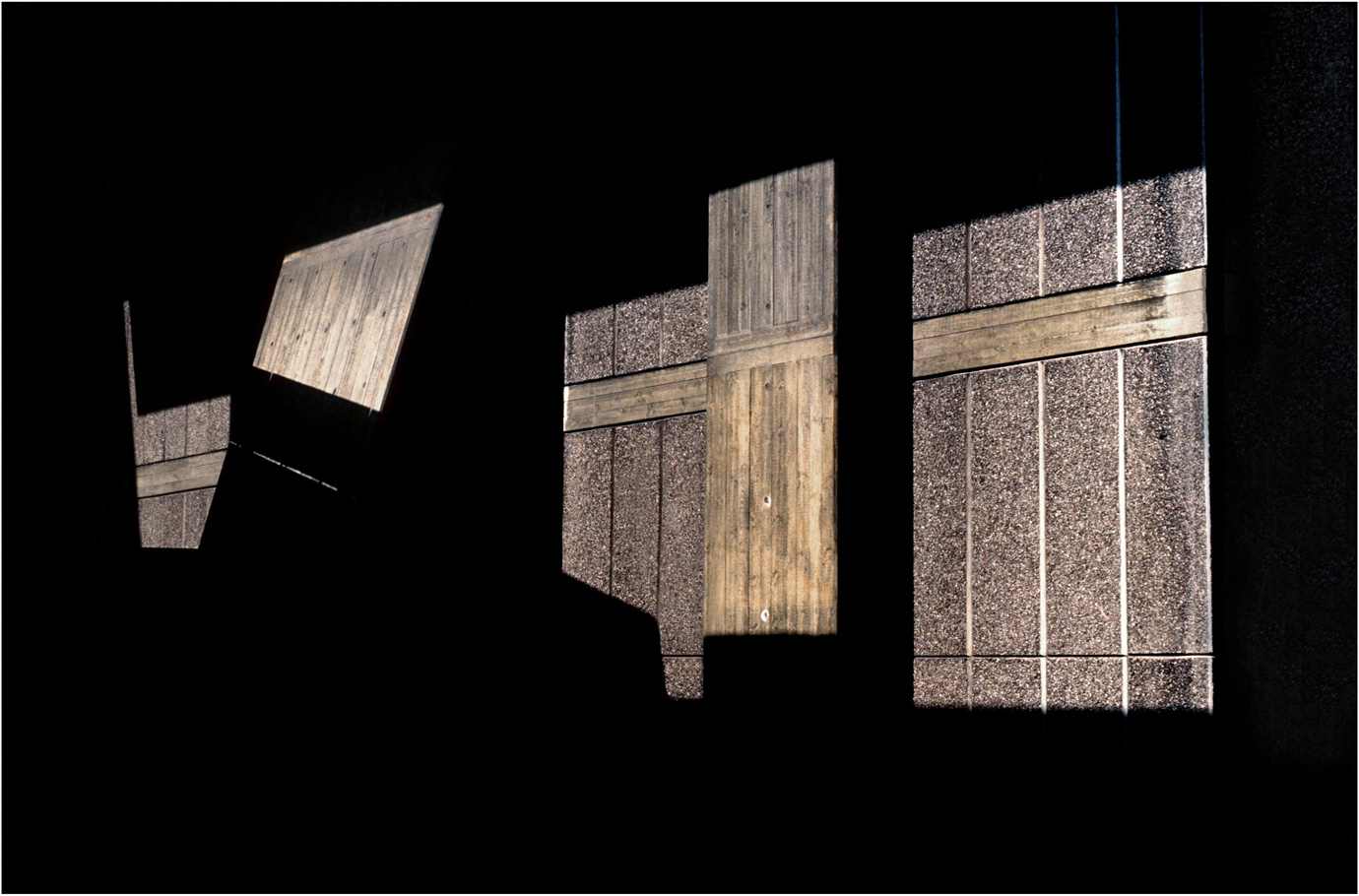
Amelia Lancaster: Southbank (2016), Giclée Print (Archival Ink) on Hahnemühle German Etching Paper, from Analogue, 50cm x 65cm, Edition of 15
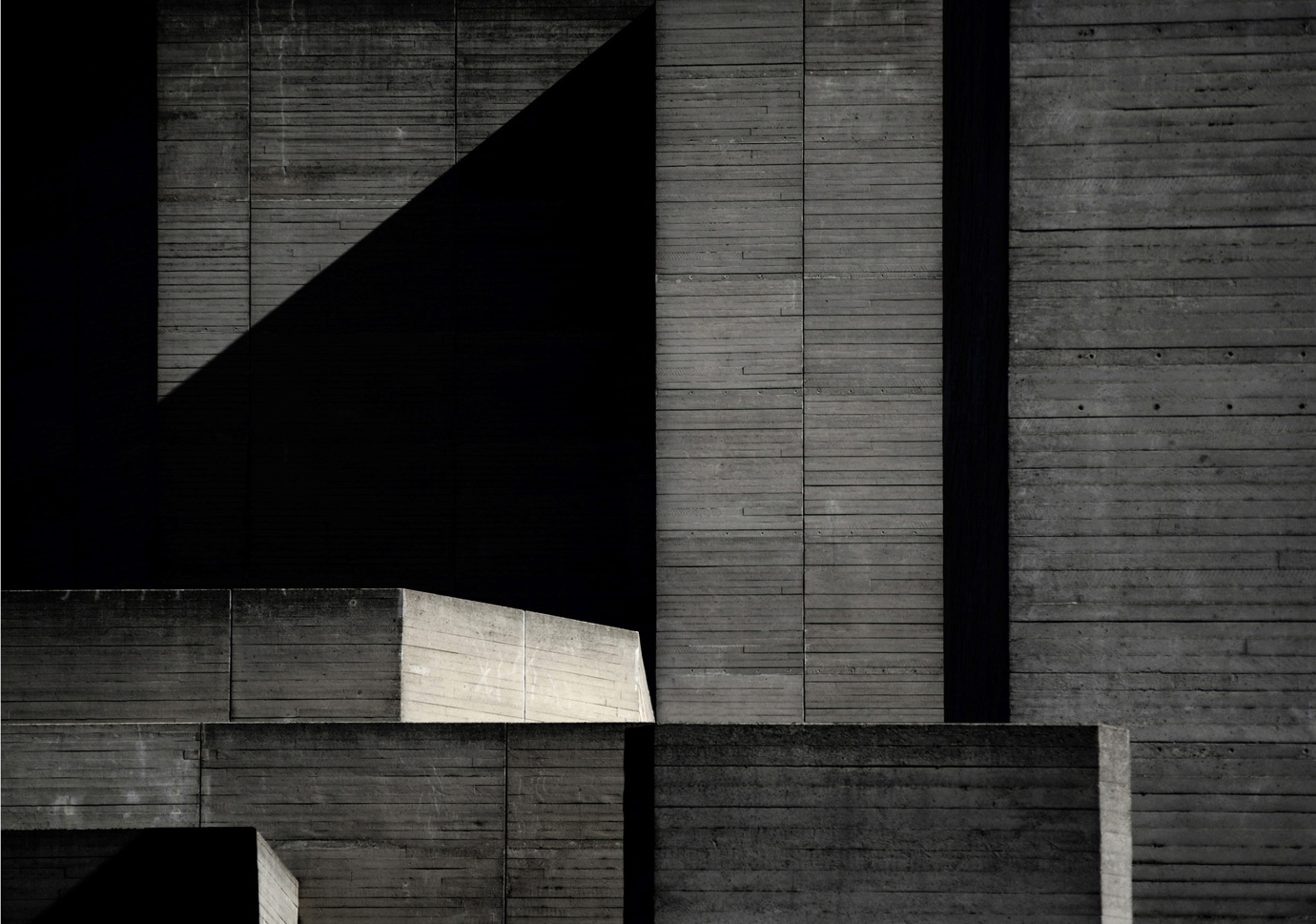
Amelia Lancaster: Beautiful Brutalism (2016), Giclée Print (Archival Ink) on Hahnemühle German Etching Paper, 60cm x 80cm, Edition of 15
2017.jpg)
Amelia Lancaster: Reduction (The National Theatre 1) (2017), Giclée Print (Archival Ink) on Hahnemühle German Etching Paper, from Analogue, 30cm x 37cm, Edition of 15
2017.jpg)
Amelia Lancaster: Reduction (Southbank 1) (2017), Giclée Print (Archival Ink) on Hahnemühle German Etching Paper, from Analogue, 37cm x 30cm, Edition of 15
2017.jpg)
Amelia Lancaster: Reduction (The National Theatre 2) (2017), Giclée Print (Archival Ink) on Hahnemühle German Etching Paper, from Analogue, 30cm x 37cm, Edition of 15
2017.jpg)
Amelia Lancaster: Reduction (Southbank 2) (2017), Giclée Print (Archival Ink) on Hahnemühle German Etching Paper, from Analogue, 30cm x 37cm, Edition of 15
Amelia Lancaster earned a degree in architecture and a diploma in set design. She won a BBC national set design competition, before becoming an artist full-time. She has exhibited at The Courtauld Institute East Wing Biennale, The National Open Art Exhibition 2016, The Proud Gallery, and recently at The Other Art Fair where her work was selected by BBC Arts Broadcaster Kate Brynan. Amelia has recently won the 'Be Smart About Art’ Prize and previously Rick Stein’s Landscape Photography Competition. She has created site-specific work for Railtrack, St. Mary’s Hospital, Fuller’s Brewery, The Office Group, and Sachin Tendulkar. Amelia is interested in transforming architecture through abstraction. She is drawn to austere, isolated buildings which she alters beyond recognition, particularly those in the Brutalist style. Her methods mix analogue and digital techniques to create ambiguous and negative spaces
.jpg)
Tooney Phillips: 130 Million Years in 2000 - 1(2010), Etching on Somserset 300gsm, 45cm x 37cm, Edition of 20
.jpg)
Tooney Phillips: Light Boundary 1A (2017), Photo Montage on Hahnemühle German Etching Paper, 40cm x 31cm, Edition of 30
.jpg)
Tooney Phillips: Soffit Light 2 (2017), Photo Montage on Hahnemühle German Etching Paper, 31cm x 31cm, Edition of 30
.jpg)
Tooney Phillips: Soffit Boundary (2012), Photo Etching and Chine-Collé on Somerset 300gsm, 29cm x 37cm, Edition of 40 (Varied)
.jpg)
Tooney Phillips: Hugot 1 (2016), Watercolour and Graphite, 20cm x 20cm, Edition of 1
.jpg)
Tooney Phillips: Esquinas Pequenas 2 (2010), Zinc Hard Ground and Sugarlift Aquatint Etching on Somerset 300gsm, 28cm x 37cm, Edition of 20
.jpg)
Tooney Phillips: Esquinas Convertidos (2010), Softground, Aquatint and Ink on Somerset 300gsm, 39cm x 38cm, Edition of 1
.jpg)
Tooney Phillips: Linescape 1 (2012), Sugarlift and Spitbite Etching on Somerset 300gsm, 37cm x 46cm, Edition of 1
Tooney Phillips studied architecture at Manchester University, and the Bartlett School of Architecture. She subsequently studied fine art at The City and Guilds of London Art School, where she was awarded the Norman Ackroyd Prize for Etching and the Harriet Anstruther MA Prize for Artistic Excellence. She has exhibited at the Norden Farm Centre for the Arts, Jerwood Space, Go Modern, and Atkinson Gallery. Tooney Phillips is interested in the potential for ambiguity in depictions of space and form, and uses a plethora of techniques to explore this nebulous region. She repeatedly returns to the same sites of her artistic inspiration such as the limestone quarries of Provence; there, she is attracted to their ongoing formation through a process of continual removal